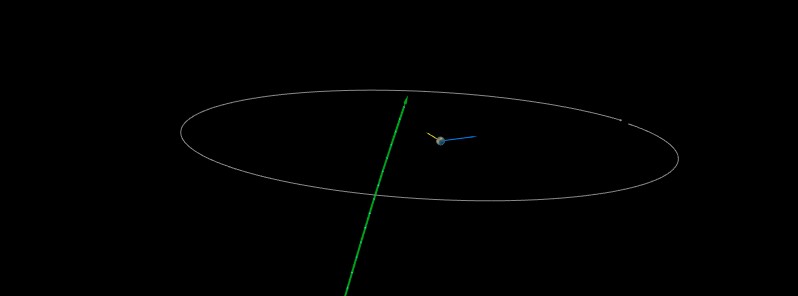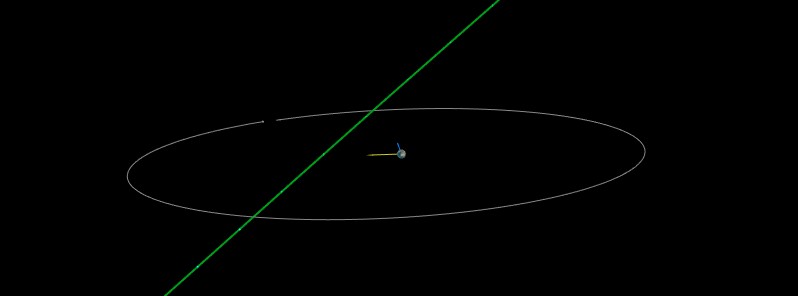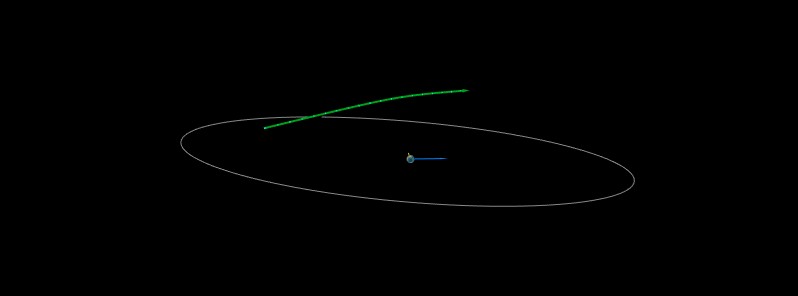Sometimes trying another language gives a new slant to one's understanding. On the French Wiki about bolides, they have a table which when translated says:
Names, mass and duration
If one has access to the trajectory data of a fireball, they will often tell at which altitude it was extinguished, and the duration of the event.
There are some comments in the Wiki about the process the meteor is subject to when entering into the atmosphere of the Earth:
Fragmentation process
The light

The sounds
There appear to be two sources of sound if they are present, those resulting from sonic booms and those caused by electric effects
Names, mass and duration
| Name | Mass | Altitude | Duration | [My comments] |
| Shooting star | 1 gram | 110-80 km | 1-2 sec | Would it reach up to 0.5 kg, could it be less than a gram? |
| Bolide | order of kilogram | 80-50 km | 2-5 s | Duration would also depend on incoming speed and angle. |
| -"- | From 0.5 to 10 tonnes | 80-13 km | 5-40 s | 10 tons sounds harmless, but the Chelyabinsk superbolide weighed an estimated 11,000 tons! |
There are some comments in the Wiki about the process the meteor is subject to when entering into the atmosphere of the Earth:
Fragmentation process
One way of understanding why the speed drops upon fragmentation is that the total surface area increases compared to what it was before. At the same time, the density of the surrounding air keeps increasing too leading to even more resistance. Both these effects lead to a slower speed.A meteoroid that survives its re-entry into the atmosphere can either come out and is called a low-speed bolide, or reach the ground and the pieces that remain are then called meteorites. During the crossing, the object undergoes a more or less important ablation depending on the density and the nature of the material constituting it. The forces in action, when slowing down, tend to shatter the rock. The larger a body, the more likely it is to break: generally, this occurs between 70 and 90 kilometers above sea level, with the most massive bolides capable of fragmenting at 10 km above sea level. At the time of fragmentation, the speed drops rapidly and the meteor reaches Earth or, more often, disperses into dust in the atmosphere. The fragments reaching the ground become as many meteorites. Fewer than 500 tennis ball-sized stones reach the earth's surface each year4.
The light
This has probably been mentioned before, but here is a nice picture that shows the colour different metals can give when heated:The light emitted by a bolide is produced by two different mechanisms: the molten rock and especially the flow of the gas which surrounds it, brought to a temperature of several tens of thousands of degrees because of the compression. Above 80 km altitude, the Earth's atmosphere is not dense enough to oppose the entry of bodies of significant mass. Below, the thermal energy due to friction can heat the bolide up to 4000 K3; the material constituting the object or those formed by reaction, generally liquid, flow over the surface. A gaseous part is entrained by the flow.
A bolide can emit a light of different colors, the witnesses speak of light ranging from blue to red. The color of the meteor depends on the composition of its matter and the air. Meteoroids are made up of metals such as silicon, nickel, iron, magnesium, and possibly carbon, which produce different colors.
The sounds
There appear to be two sources of sound if they are present, those resulting from sonic booms and those caused by electric effects
Meteors also produce sounds. Usually, the noise is heard after several seconds or even several minutes after visual observation. These sounds correspond to the arrival of a supersonic "bang" similar to that of a jet plane passing the sound barrier. If the meteoroid splits up (usually between 70 and 90 kilometers above sea level), each piece emits its own shock wave that can interfere with the others. Many observers say they have also heard hissing noises, called electrophonic sounds, produced by unidentified phenomena.









